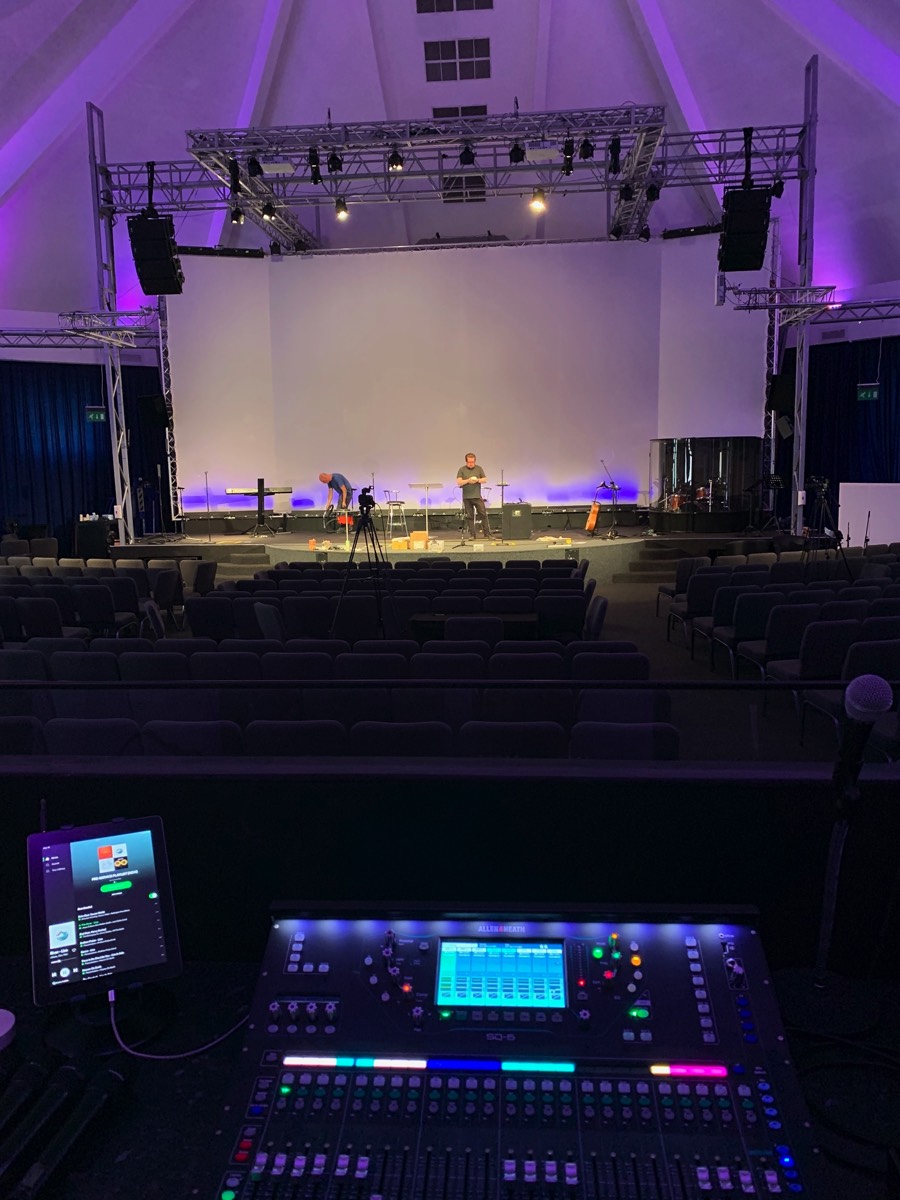

This phenomenon, called comb filtering, is the result of the same signal reaching two different microphones with a difference in timing and volume level. You can experiment with this yourself by placing two microphones near each other and presenting a single audio source, ideally something with a single tone or even "white noise."Īs you move one of the microphones closer to or farther from the first microphone, you'll hear a pronounced "warping" of the mixed audio content. This interference results from the different timing and "phase" of the audio signals being mixed together. If multiple microphones are placed too close together, there will be interference between the two different mixed audio signals. Interference when using multiple microphones Experiment with different microphone positions and work with the choir director to see what mic placement sounds most natural. This depends on how large or small the choir is and the way they're physically positioned. Most sound engineers choose to place microphones slightly above the choir and aimed toward the center row. Put in mathematical terms, a second microphone should be placed three times the distance from the first microphone as the first microphone distance is from the sound source. Mic 2 should then be placed 9' from the Mic 1 location. Let's say Mic 1 is positioned 3' from the nearest choir member.

The basic formula for properly miking a choir (or any group) is the 3:1 Rule. When multiple overhead microphones are used to mic a choir, as is often the case, you need to use a basic rule when placing them so that there is limited interference and among the mics. Distance is the key here-both distance from the mic to the choir and the distance between microphones. The next thing to consider is the physical placement of your microphones. Let's say the choir dynamics and stage volume are under control. And if there are main loudspeakers nearby, it's an easy trigger for a feedback loop, a sure sound of trouble.

This can greatly increase the possibility of microphones picking up more background noise from the stage than the desired sound from the choir. So, if you're either a church tech training a crew of inexperienced but eager volunteers or a volunteer facing the challenge alone, help has arrived.Īn overhead or boundary mic is often placed at a distance from the singers in a choir. Setting up mics for a choir and adequately reinforcing the sound from overhead microphones can be one of the most challenging propositions for the church sound system operator.

It usually happens right after they see the mixing console with all of its knobs and buttons or the web of cables strewn about the stage. "What am I supposed to do with this?!" It's not so much the question as it is the anxious look on the faces of so many of the wonderful volunteers I've had the privilege of working with over the years. In this excerpt from his book for church sound volunteers, sound engineer and systems integrator James Wasem explains the basic rules for miking a choir. Share this Of Mics and Monitors: Live Sound Reinforcement Tips for Choirs


 0 kommentar(er)
0 kommentar(er)
